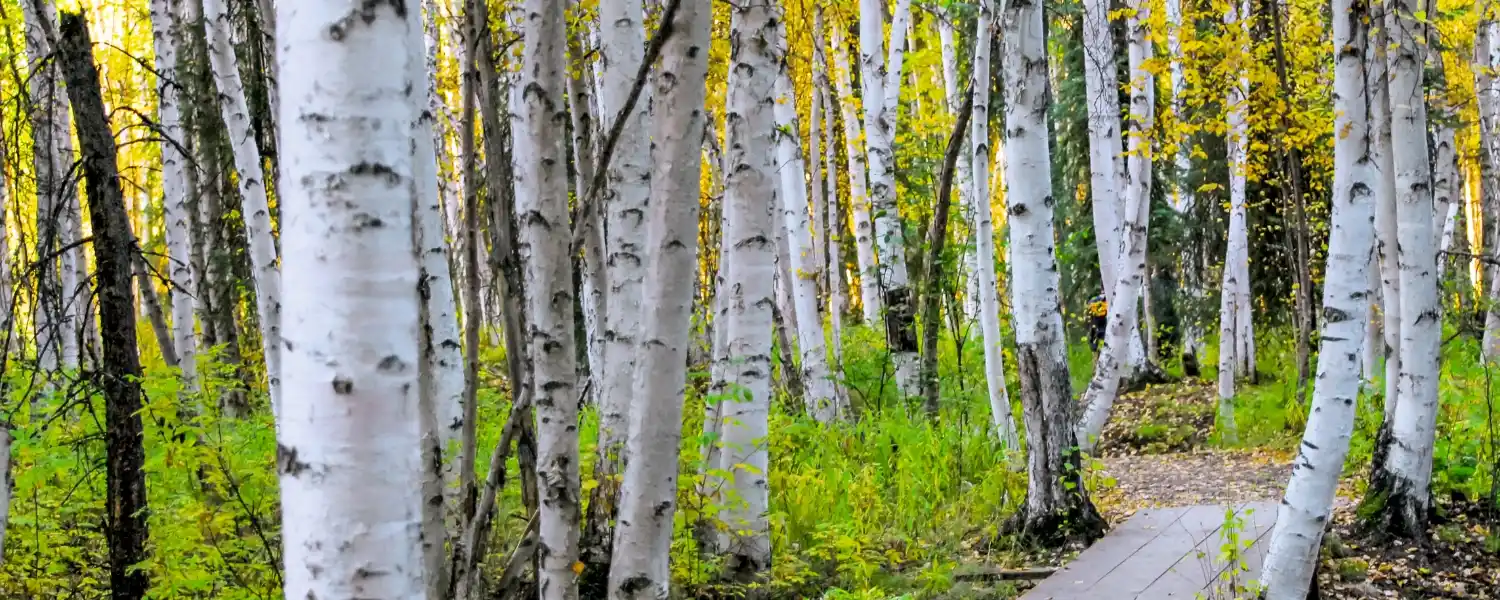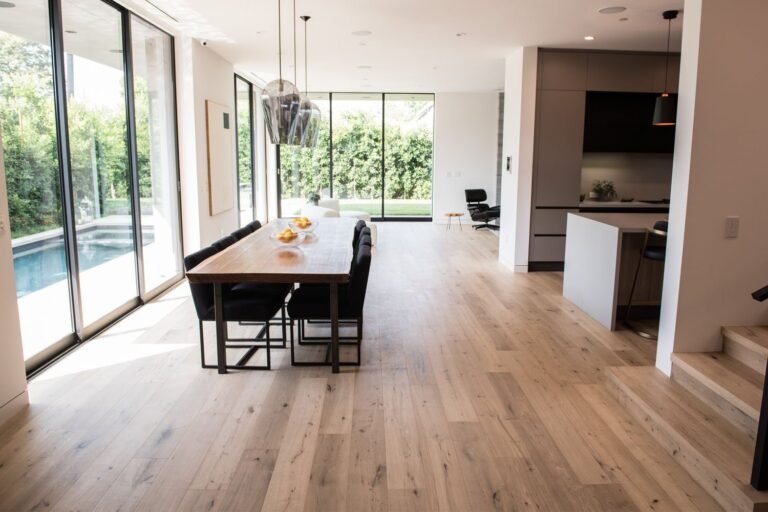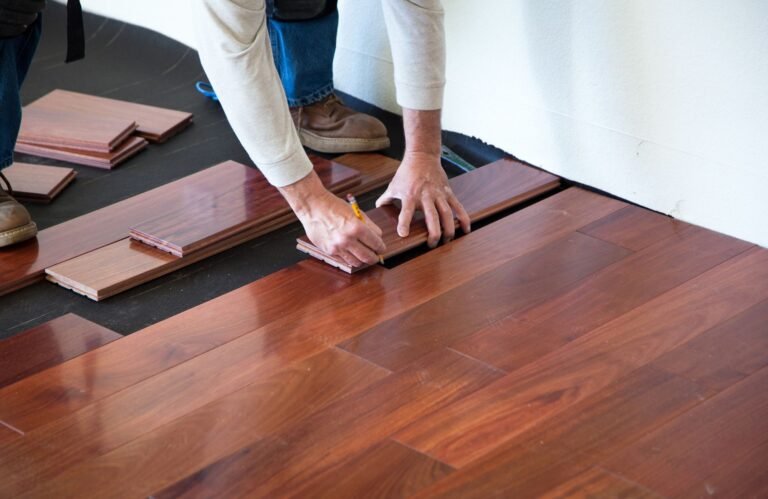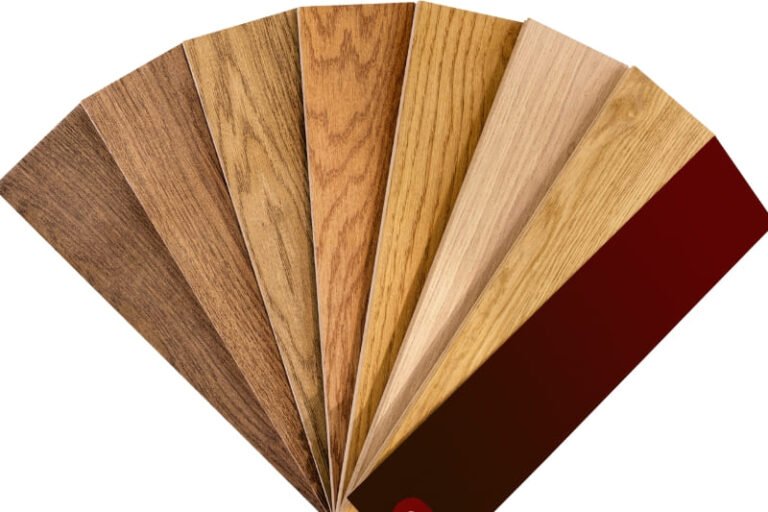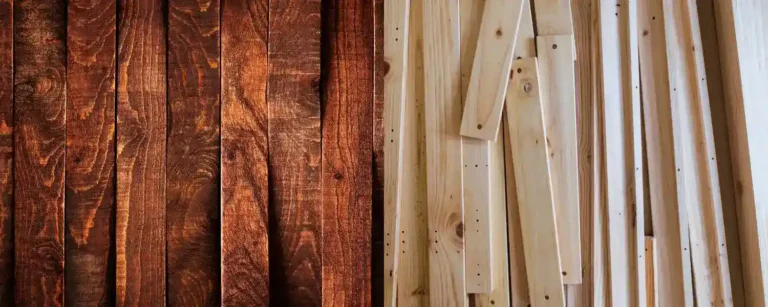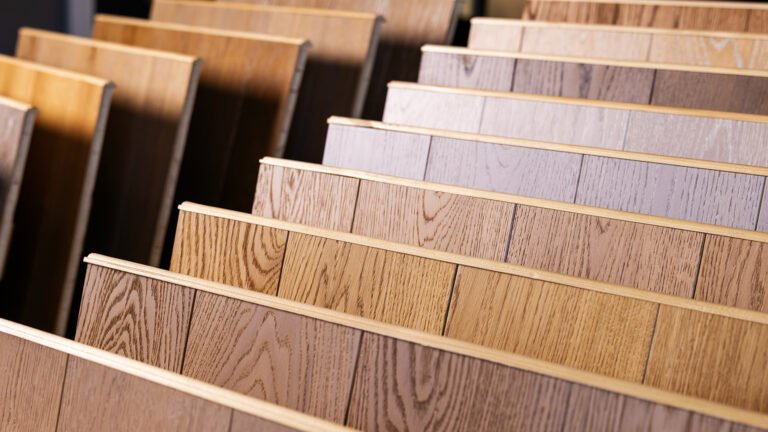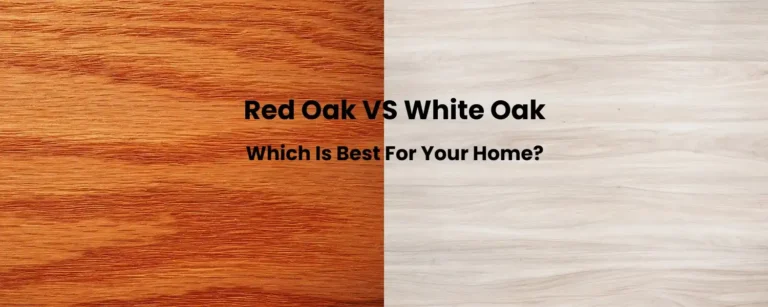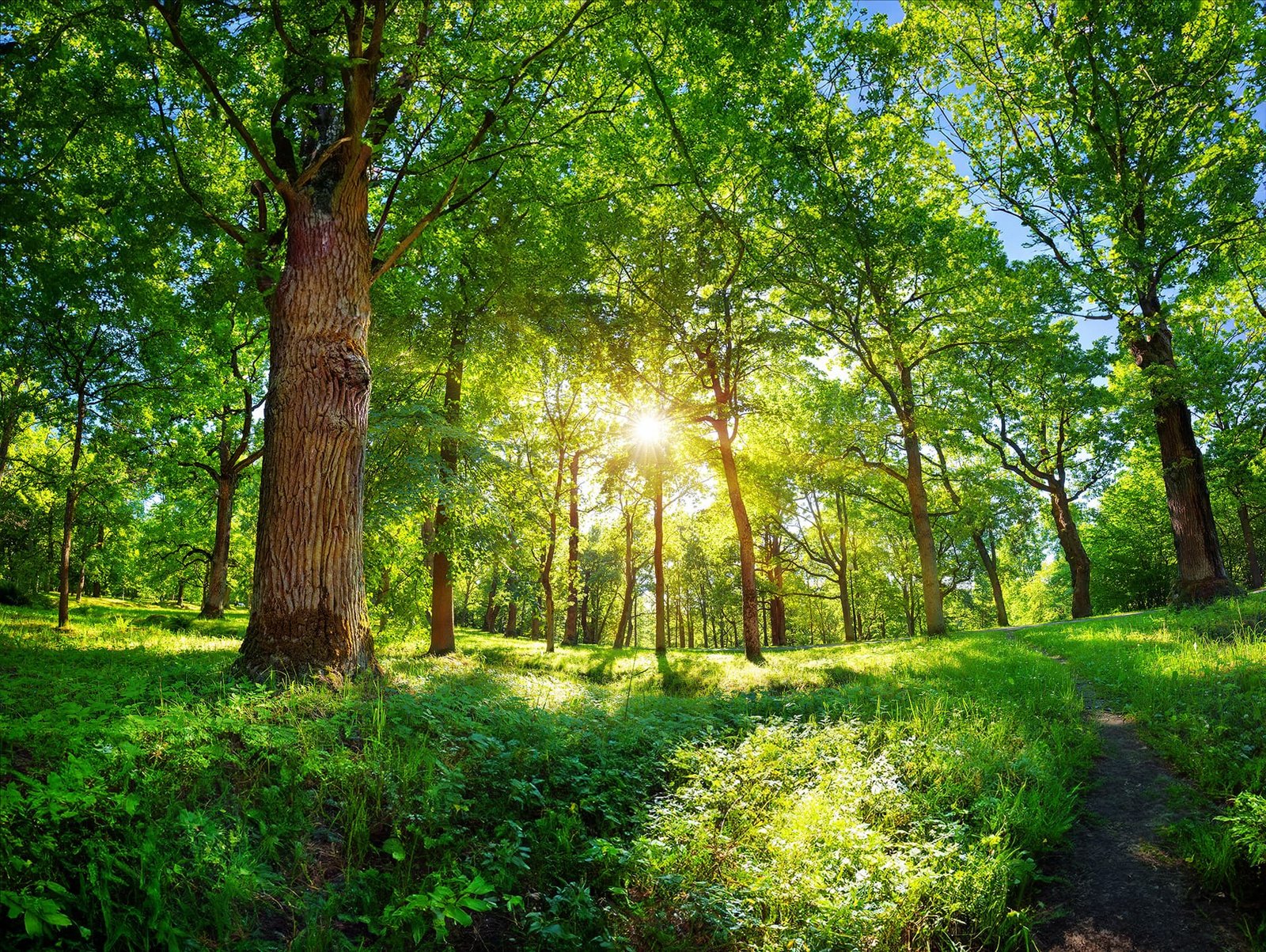Is Birch a Hardwood? An In-depth Look
If you’re exploring various types of wood for your project, you might ask yourself, “Is birch a hardwood?” Picking the right wood for your projects can sometimes take time and effort. Birch is popular and versatile, but is it really hardwood? In this blog post, we will explore birch wood, examining its features and uses and clarifying whether it meets the criteria of a hardwood. We aim to clarify, ensuring you can confidently choose the most suitable wood for your projects.
Understanding Birch Hardwood
Before we answer whether birch is a hardwood, let’s first understand what birch hardwood is all about.
What is Birch Wood?
Birchwood comes from the birch tree, a deciduous member of the Betulaceae family. The hardwood, valued for its strength, durability, and appealing appearance, is typically light with a slight reddish or yellowish hue. These characteristics make it useful for various applications, like furniture, flooring, and cabinetry.
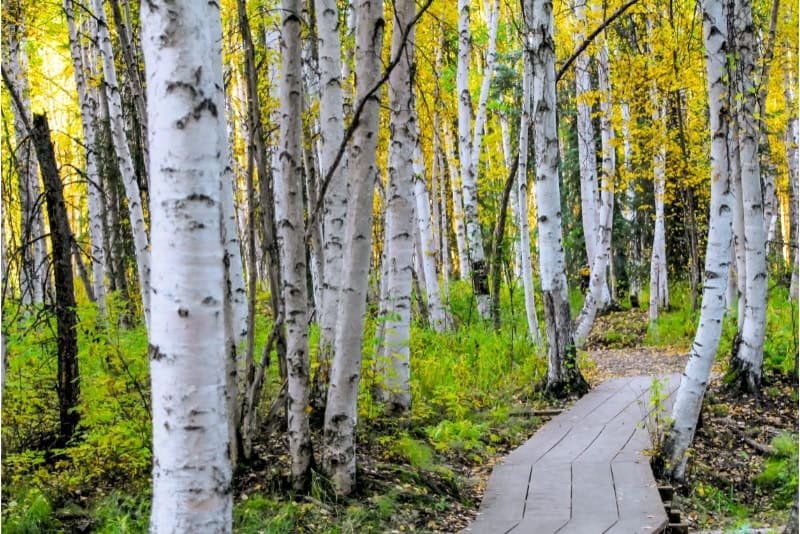
Origin and Characteristics of Birch
Birch trees are indigenous to temperate regions of the Northern Hemisphere, including North America, Europe, and Asia. They thrive in moist soil and are known for their rapid growth rate.
Natural Habitat and Growth Patterns
Birch trees grow in forests with well-drained soil and abundant sunlight. They prefer cooler climates and often grow in temperate zones. Birch trees mature in 20 to 30 years. They are known for their slender trunks and distinctive bark, which peels in horizontal strips.
Physical Characteristics
Birchwood stands out for its unique physical characteristics, making it a favoured choice among woodworkers and artisans. Let’s explore the characteristics of birch hardwood:
- Birch wood has an appealing appearance thanks to its fine grain and smooth texture.
- The wood ranges from light yellow to reddish-brown, often with a hint of pink.
- Birchwood has a moderate density, striking a balance between strength and weight.
- The wood commonly exhibits a straight grain pattern, although curly or wavy grains are also available.
- Birchwood is easy to cut, shape, and finish, making it popular for woodworking projects.
- It possesses good shock resistance and can withstand wear and tear, contributing to its durability.
Types of Birch Wood
Various types of birch wood are available, each with distinctive qualities and applications. Let’s explore the commonly found varieties used in woodworking and flooring.
Yellow Birch
Yellow birch is a widely encountered type known for its rich golden-yellow color and strong, durable nature. The wood, with a noticeable grain pattern, is often used for furniture, flooring, and cabinetry.
White Birch
White or paper birch features a light coloration and pale white bark. It has a finer grain than yellow birch, and artisans use it for decorative purposes and plywood. Although less dense than yellow birch, white birch provides a smooth finish and a clean aesthetic.
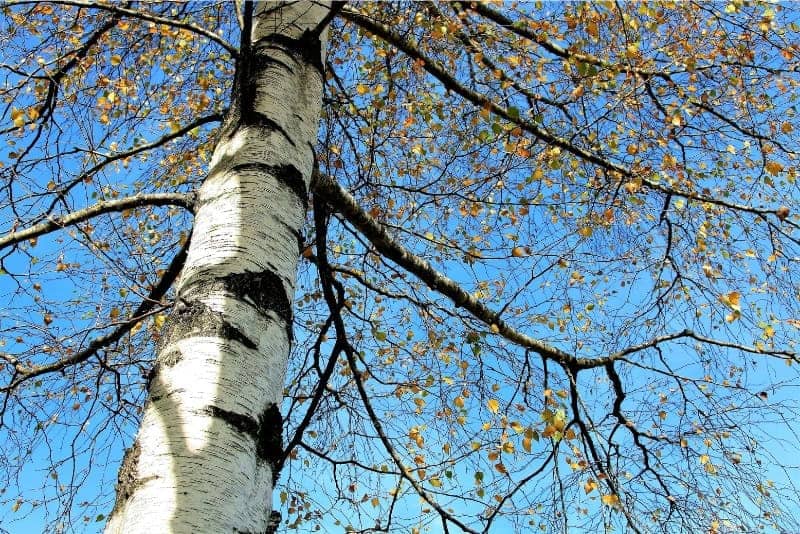
Black Birch
Black birch, also known as sweet birch, has dark brown bark and a reddish-brown shade. It emits a pleasant, sweet fragrance and is used as furniture and flooring. In terms of strength and durability, black birch is similar to yellow birch.
Birch Wood Properties
Birchwood possesses distinct characteristics. Let’s explore them in detail:
Hardness and Durability
Birchwood is renowned for its toughness and long-lasting nature, making it a popular choice. Its moderate density and compact grain structure contribute to its strength, enabling it to withstand wear and tear over time. Although birch is not as hard as certain hardwoods, it provides stability and ease of use.
Comparison with Other Hardwoods
Compared to other hardwoods, birch falls in the middle range in hardness. While it may not be as hard as oak or maple, it surpasses many softwoods in hardness. This property makes birch suitable for projects that require strength and ease of use.
Janka Hardness Scale Rating
The Janka Hardness Scale gauges the hardness of different wood species. Higher ratings indicate greater hardness—Birch’s Janka hardness rating ranges from 900 to 1300 pounds-force, depending on the specific type. This rating places it in the moderate to high spectrum on the hardness scale. It is good for heavy-duty uses and woodworking projects.
Grain Pattern and Texture
The grain pattern and texture of birch wood contribute to its aesthetic appeal and usability in various projects. Let’s explore these aspects in detail, highlighting the differences in grain pattern and available surface finishes.
Open Grain Pattern
Birchwood is known for its fine, tight grain pattern, which creates a smooth and uniform appearance. Unlike other hardwoods with more open grain patterns, such as oak or ash, birch offers a sleek surface that is easy to work with and finish. This tight grain pattern enhances the wood’s strength and durability while providing a clean, refined look.
Surface Texture and Finish Options
Depending on the specific type and cut, birch wood can have a range of surface textures, from silky smooth to rough. Birch offers a variety of finish options, including stains, paints, and sealants. Whether you prefer a natural look that showcases the wood’s grain or a more polished finish, birch provides flexibility and versatility in achieving your desired aesthetic.
Uses of Birch Wood
Birchwood’s versatility and durability make it a popular choice for various applications, from flooring to furniture. Let’s explore their application in detail:
Flooring
Birchwood is an excellent flooring option due to its durability, attractive appearance, and easy maintenance. Its moderate hardness and tight grain pattern help it resist dents and scratches, ensuring a long-lasting and beautiful floor surface.
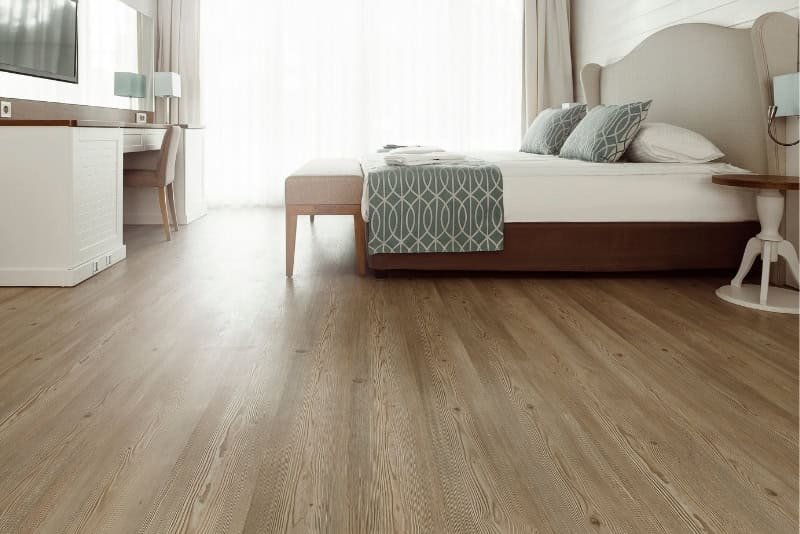
Advantages
- Birch flooring offers a classic and timeless look with its fine grain and warm tones.
- It is durable and can withstand heavy foot traffic, making it ideal for many places.
- We can easily install birch flooring and sand and refinish it multiple times to extend its lifespan.
Maintenance Tips
- Regularly sweep or vacuum your birch flooring to remove dirt and debris that may scratch the surface.
- Use a damp mop with a mild cleaner to promptly clean spills and stains.
- Avoid dragging heavy furniture across the floor to prevent scratches and dents.
- Apply a protective finish every few years to maintain the wood’s luster and protect it from wear.
Cost Comparison
Regarding cost, birch flooring typically falls in the mid-range compared to other hardwood options like oak or maple. While it may be more expensive than some softwood alternatives, its durability and longevity make it a cost-effective choice in the long run. Its timeless appeal can also increase the value of your home, making it a worthwhile investment.
Furniture and Cabinetry
Birchwood is a popular choice for furniture and cabinetry because of its strength, attractive grain pattern, and ease of work. Let’s explore the benefits and considerations when using birch wood for these applications.
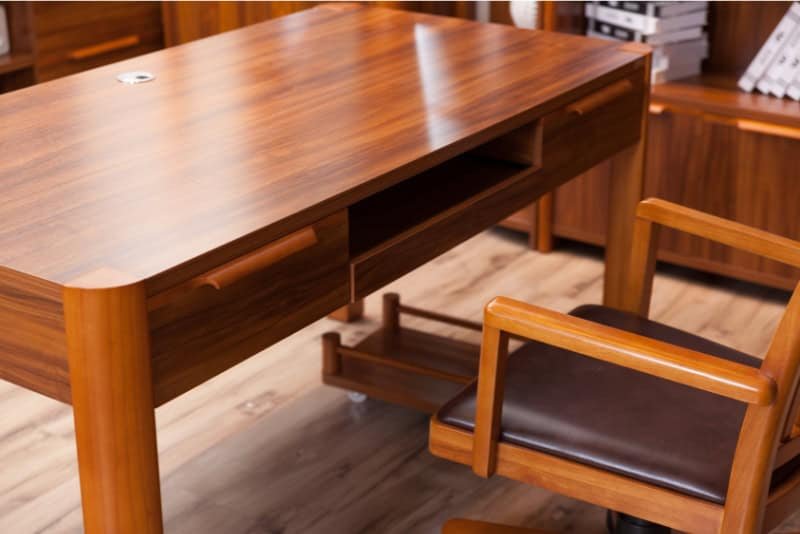
Design Versatility
- Birchwood’s fine grain and smooth texture make it suitable for various furniture styles, from modern to traditional.
- It can be easily stained or painted to achieve different finishes, allowing customization to match your design preferences.
- Birch’s consistent grain pattern enhances the aesthetic appeal of furniture and cabinetry, giving them a refined and elegant look.
Longevity and Care
- Birch furniture and cabinetry are durable and long-lasting due to their natural resistance to wear and tear.
- Regular cleaning with a mild detergent and soft cloth can help maintain the wood’s appearance and protect it from damage.
- Avoid placing birch furniture in direct sunlight or high-humidity areas to prevent fading and warping.
Cost Comparison
Birch is more affordable than other hardwoods commonly used for furniture and cabinetry. This feature makes it an ideal option for many homeowners.
Comparative Analysis with Other Hardwoods
Birch vs. Oak
Both birch and oak have qualities that make them suitable for various applications. Let’s explore their similarities and differences, as well as their strengths and weaknesses.
| Features | Birch | Oak |
| Similarities | – Durable hardwood – Fine-grain pattern – Can be stained or finished | – Durable hardwood – Fine-grain pattern – Can be stained or finished |
| Differences | – Smoother texture – Easier to work with | – Harder and denser – More resistant to wear and tear |
| Strengths | – Ease of customization – Good balance of strength and flexibility | – Hardness and durability – Suitable for high-traffic areas – Resistant to moisture and rot |
| Weaknesses | – Vulnerable to moisture damage | – Generally more expensive – Challenging to work with |
Birch vs. Maple
Birch and Maple are popular hardwood choices with distinct characteristics. Let’s explore their similarities, differences, strengths, and weaknesses.
| Features | Birch | Maple |
| Similarities | – Strong, durable hardwood – Attractive grain patterns – Versatile for various applications | – Strong, durable hardwood – Attractive grain patterns – Versatile for various applications |
| Differences | – Smoother texture – Easy to customize | – Lighter color tone – Harder and denser grain |
| Strengths | – Moderate hardness – Balance of strength and flexibility | – Suitable for high-traffic areas |
| Weaknesses | – Vulnerable to moisture damage | – Requires sharp tools and careful handling – Generally more expensive |
Birch vs. Walnut
Birch and walnut are popular wood choices, and their distinct qualities can impact your projects. Let’s explore their similarities, differences, strengths, and weaknesses.
| Features | Birch | Walnut |
| Similarities | – Hardwoods are known for durability -Attractive grain patterns -Suitable for many projects | – Hardwoods are known for durability -Attractive grain pattern -Suitable for many projects |
| Differences | – Lighter color, finer grain | -Darker color, pronounced grain |
| Strengths | -Easy to work with, versatile -Moderate hardness | -Rich, dark color, excellent hardness |
| Weaknesses | -Vulnerable to wear and moisture damage | -Challenging to work with -Generally more expensive |
Answering the Question: Is Birch a Hardwood?
Yes! Birch is a hardwood. It comes from durable and strong deciduous trees known for their attractive grain patterns. Manufacturers widely use birchwood in furniture, flooring, and cabinetry due to its versatility, moderate hardness, and ease of workability. So, if you’re wondering if birch is a hardwood, the answer is yes.
Why Choose Birch for Your Flooring: Benefits and Considerations
Birch is a durable and strong hardwood that grows in temperate regions, especially in the Northern Hemisphere. It offers beauty and usefulness, making it a popular choice among woodworkers. Its moderate hardness and ease of workability contribute to its versatility and reliability.
At Villagio Wood Floors, we specialize in supplying high-quality engineered hardwood solutions to retailers. However, we don’t currently have birch hardwood flooring. Our selection includes various other hardwood flooring options, like oak, European oak, maple, etc. These options combine natural beauty with exceptional durability, just like Birch hardwood. With Villagio Wood Floors, you’ll find a trusted partner dedicated to enhancing your business by providing superior hardwood solutions tailored to your needs.
Is Brich a Hardwood? – FAQs
How does birch wood react to changes in humidity and temperature?
Birchwood is stable in terms of humidity and temperature changes. However, like all wood species, it can expand and contract with fluctuations in moisture and temperature. Before installing birch wood, it is essential to let the wood adjust to its environment to prevent movement or warping. Proper sealing and finishing can also help protect birchwood from moisture and temperature changes.
How to clean and maintain birch wood surfaces?
Cleaning and maintaining birch wood surfaces is simple. Regular dusting with a soft cloth or vacuuming with a soft brush attachment can remove dirt and debris. A damp cloth with a mild detergent should suffice for spills and stains. Avoid harsh chemicals or abrasive cleaners, which can damage the wood’s finish. Applying a protective finish every few years can help preserve the appearance and extend the lifespan of birch wood.
To learn to thoroughly clean hardwood, read our comprehensive blog, “How to clean Hardwood Floors?“
Does birch wood scratch easily?
While birch wood is durable and can withstand moderate wear and tear, it is not scratch-resistant. Sharp objects and heavy furniture can cause scratches and dents over time. Use felt pads under furniture legs to minimize scratches and avoid dragging heavy items across birch surfaces. Regular maintenance and prompt spill cleaning can also help preserve the wood’s integrity.
What are the recommended finishes for birch wood?
You can achieve the finishing of birch wood with various options, including stains, paints, and clear sealants. Oil-based finishes and polyurethane varnishes are popular for their durability and protective qualities. You can also use water-based finishes, although they may require additional coats for optimal protection. Before applying the finish to the entire surface, testing it on a small, inconspicuous area is important to ensure compatibility and achieve the desired appearance.

